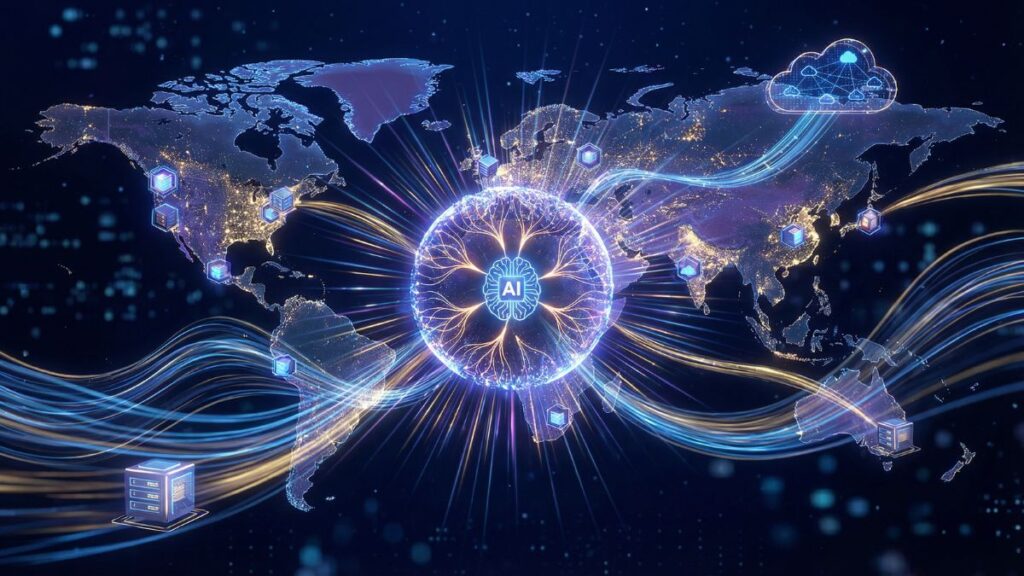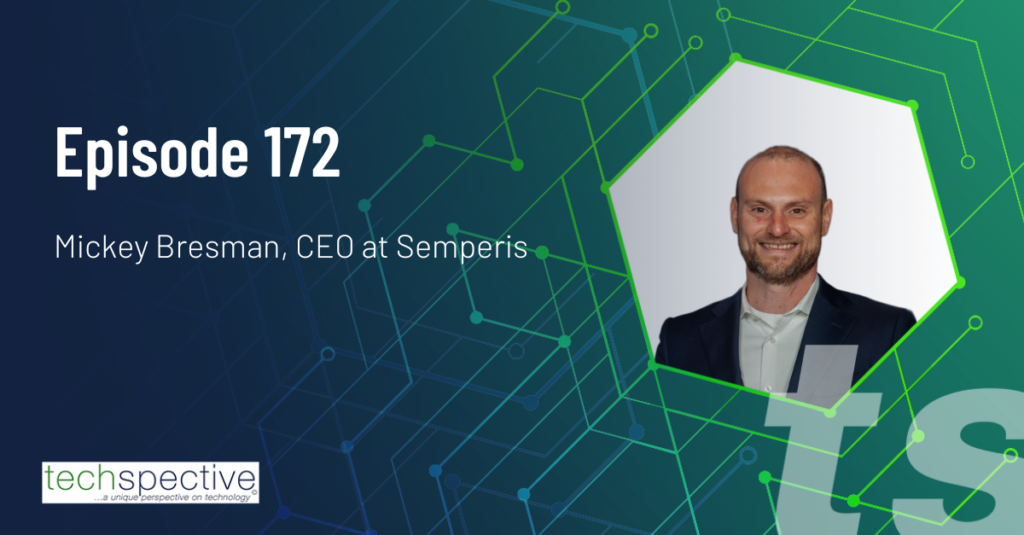Intel released its financial results this week, and while its performance exceeded expectations, the modest outlook resulted in some pullback by investors. Let’s talk about how Intel got where it is and why the second half of the year should be far stronger.
Why Intel Is Struggling
Intel is in the process of a turnaround, so management has had to make several staffing reductions and cut back on existing compensation. This typically has a significant impact on employee retention, productivity, and the ability to set and meet goals. Given this, in 2023, Intel made significant progress on the turnaround. By the 4th quarter, desktop and notebook PC numbers were very strong and growing, and on servers and AI, it appears to have stopped the bleeding to AMD (which continues to execute very well). But, given prior management had under-resourced this segment significantly, rebuilding both Intel’s capabilities here and the trust with OEMs has proven problematic as the related products tend to be strategic. Once AMD had a solid and sustained gain and was able to field highly competitive products, regaining the share Intel lost became exceedingly difficult.
Pat Gelsinger (who was trained under Andy Grove and has been making strong progress in restoring Intel to a Grove-like company that can be depended upon to execute) must dig through several decades of past leaders who managed the company poorly, and that takes time.
Finally, on the desktop, the surprising pivot to AI caught everyone in the segment napping. However, Microsoft and Intel (along with Qualcomm, AMD, and the PC OEMS) are creating the AI PC, but that takes time. The part the market appears to be waiting for from Intel is Lunar Lake, which is due sometime in the third calendar quarter, having been moved in aggressively to absorb some of the coming AI demand. However, this means the market is likely to slow in anticipation of this new and far more powerful AI-enabled part which will create a sales drag on PCs until that part becomes available to the market.
Intel’s Long-Term Bet
One of the big distractions is that with substantial help from the Chips Act, Intel is building out its manufacturing capabilities, and these factories aren’t cheap or easy to build. Most of Intel’s peers are fabs in that they outsource manufacturing to other firms like TSMC. However, much of this external manufacturing is in Taiwan, which is currently under threat from China, making Intel’s (and the U.S.’s) efforts to increase domestic manufacturing critical to U.S. (and Western) National Security.
Few firms could make this strategic investment, but this means a significant drag on Intel’s resources without any of the anticipated upsides for these plants until they are completed. Once completed, not only will Intel’s production capabilities become much more dependable than its peers who outsource, but many of those peers are also likely to sign up to use those facilities as a hedge against a potential China attack on Taiwan. Given China’s posturing, such an attack appears to be in the 5-year planning horizon, and it may feel motivated to attack before these plants can spin up to deny the U.S. the related parts for the war effort.
Competitive Threats
NVIDIA continues to out-execute everyone else in this segment. While they aren’t part of the AI PC effort, they tend to play with higher-end PCs and workstations that are more GPU-centric and don’t need the NPU (Neural Processing Unit) that defines that class of hardware. They represent a threat more to Intel’s growth than existing market share or revenue and have been exceedingly strong with both AI and Virtual Reality (Omniverse). Omniverse has a competitive edge over NVIDIA that remains unmatched by its peers, including Intel.
AMD has been an execution machine but has been unable to extricate itself from x86, the Intel-owned standard, and thus remains subordinate to Intel. It hasn’t seriously tried to displace Intel broadly, just taken share, and while it’s certainly able to hold the server share, PC share has proven more difficult to sustain. Intel has been pushing back effectively on the desktop, with Lunar Lake likely to be a game changer with PCs. AMD has a strong counter in the offing, but it has traditionally undermarketed against Intel.
Qualcomm is the wild card here. So far, it has been unable to create a strong position on either PCs or servers, but it dominates on smartphones, where Intel failed and exited the market. If Qualcomm can leverage its smartphone dominance, Intel would be exposed, but that would require Qualcomm to take significant risks in terms of marketing spend and device design (to better tie into that smartphone dominance). Qualcomm hasn’t yet shown a willingness to do this, but were it to do a hard pivot to an innovative design that was well marketed that could blend the PC and the smartphone, Intel would be exposed.
OpenAI
OpenAI is talking about creating its own processors and this comes on top of similar moves by Microsoft, Amazon, and Google. These efforts are ill-advised because they should be less efficient than using one of the chip firms and have little chance of outside sales. Still, they reduce the total available market for parts from all the chip vendors for the cloud, which is a growth market. Turning this trend around should be a cooperative effort by all the chip vendors, but no such effort has emerged.
Wrapping Up
Intel had a decent quarter but is being punished for a conservative outlook tied significantly to its expected strong Lunar Lake launch in the second half. Intel is executing at near Andy Grove levels, and Pat Gelsinger appears to have finally stopped the bleeding, but competition is showing little weakness, and the potential for a break-out product like the Nimo 1 PC (which was introduced at CES 2024) continues to increase the potential for an iPhone moment in PCs, one which none of the OEMs or existing chip companies is currently driving.
Finally, AI is a game changer and market disruptor, which also puts the segment at extreme risk, but not without the potential of an even greater reward for players who get it right. We just don’t yet know what “get it right is.” The entire segment is underfunding marketing, which creates an increased potential for an iPad or iPhone-like segment disruption.
In the end, Intel is in far better shape this year than last. Its Lunar Lake part should do extremely well in the second half, and once the factory build-out is done unless a major disruption occurs (which is likely), Intel should emerge at the end of the year fully recovered and a credit to Pat Gelsinger’s leadership.
- Plumbing the AI Revolution: Lenovo’s Strategic Pivot to Modernize the Enterprise Backbone - December 17, 2025
- The Breaking of the Monolith: How HPE and AMD Are Rewriting the AI Script - December 11, 2025
- Intel’s Hiring of Wei-Jen Lo: A Strategic Homecoming, not a Trade Secret Heist - December 2, 2025



